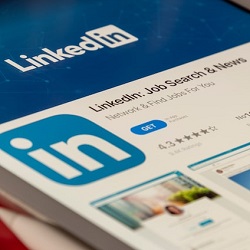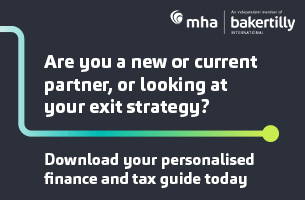
LinkedIn: Pernicious issue
Two-thirds of legal LinkedIn users received harassing, negative or ‘troll’ messages or comments, with 35% receiving “sexual comments” on the platform, according to new research.
Of the latter group, approaching half had “received sexual advances or been sexually harassed” via private messages or comments.
As a result, legal marketing agency TBD Marketing said two in five lawyers were less likely to use LinkedIn, and half were less likely to connect with new people as a result, with one in four feeling less confident at work.
Simon Marshall, chief executive of TBD Marketing, said the Linkedin Bullying and Harassment Survey 2024 “sheds light on a dark side of the platform”.
Legal professionals, “encouraged to share their voices and engage authentically, are facing bullying and harassment that silences them and undermines their confidence”.
TBD approached its top 100 legal LinkedIn influencers, as well as a smaller group of law firm managers and barristers, and extended the survey to other in its network with lower profiles. The survey was completed by 106 lawyers and managers in total. There was a 60/40 female/male split.
Researchers found that 35% of lawyers “receive sexual comments” on LinkedIn “sometimes, frequently or very often”, while 44% had “received sexual advances or been sexually harassed via LinkedIn private messages or comments”.
One in eight lawyers “had experienced sexual harassment from people they know on the platform”.
Researchers said 70% of lawyers reported that a friend or colleague had experienced negative behaviour.
“When this happened, two-fifths reported the user; two-thirds blocked the user; one in five confronted the user; and one in four spoke to a colleague about it.
“Some individuals reported it to the user’s employer, and considered taking it to the police in more serious instances.”
While 70% felt the action they took resolved the issue, TBD asked: “What about the other 30%?”
The report recommended, among other things, that law firms should develop an “effective” social media policy, provide regular training to managers and staff and make mental health support available if required.
LinkedIn should “do more to respond to issues raised with greater speed and to close the loop by confirming the outcome once an issue has been reported”.
Artificial intelligence should be used to “proactively detect potentially discriminatory language and enhance moderation, and ban users who engage in discriminatory behaviour”.
Researchers said the survey represented “the merest snapshot of a pernicious issue taking place each day on LinkedIn”.
Law firm leaders needed to be aware that “in requiring their people to network and win work – which will invariably involve an online dimension – they are inevitably also asking them to potentially place themselves in harm’s way.
“In other words, law firms need robust and effective social media safeguarding every bit as much as they do social media policies and training.”
LinkedIn and social media still represented “something of a brave new world in the inherently conservative legal sector”.
However, in the AI era, use of these platforms would become “ever more vital” to winning business and remaining competitive.
“Keeping employees, workers and partners safe in the process is set to become an ever more urgent task.”
Sophie Wardell, people director at Midlands firm Higgs, said: “LinkedIn is a place of great community in some ways, where people want to be open and authentic – yet too many of us have also had unpleasant or off-putting experiences.
“If firms encourage their people to use social media for networking and business development, they must also take some responsibility for their safety. It’s not enough to just send them out there without flagging potential risks.
“No law firm can claim to have a great culture if it is not proactively safeguarding its people on digital platforms.”
A LinkedIn spokesperson said: “Romantic advances and harassment of any form is a violation of our rules, and our community policies include detailed examples that show what kind of content does not belong on LinkedIn. That’s why we invest in technology and our teams of experts to keep LinkedIn a professional place that every member of the global workforce can trust.
“To help foster a trusted community, we’re continuing to expand our verification features, which can help members make more informed decisions about who to interact with on LinkedIn.
“We also offer features like an advanced safety feature that, when enabled, warns members when harassment is detected within private messaging. You can learn more about how to turn on the setting here.”
In a report published in November, TBD said law firms needed to redesign their social media strategies to embrace influencers or in some cases ‘superinfluencers’ who “massively outperform” their firms on LinkedIn.
















Leave a Comment